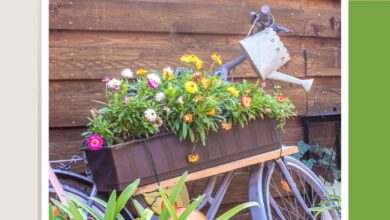Grow A Square-Foot Vegetable Garden With This Year-Long Plan
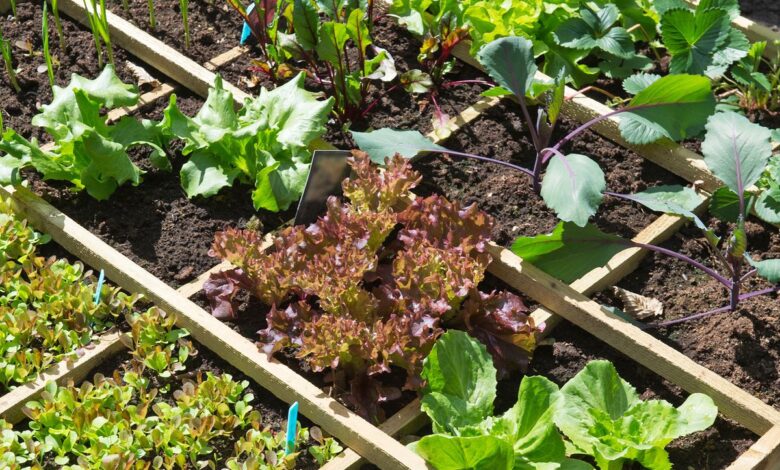
[ad_1]
If you have a small growing space or like things to be orderly and neat, then square-foot gardening might be for you. The practice involves dividing the growing area into small squares – typically 1ft (30cm) sections, but they can also be larger to suit the crop. Each square will serve as the planting zone for an individual crop.
Growing vegetables in a square-foot garden is most often achieved using a raised bed, but can also be done in a ground-level plot. The key is to create an easy-to-access growing space that will save time, money, and resources.
(Image credit: Getty Images)
Benefits Of Square-Foot Gardening
Square-foot gardening ensures a high yield, with less effort than traditional gardening methods. The practice was developed in the 1980s by Mel Bartholomew, a retired engineer with an interest in efficiency.
In his concept, a 4x4ft (1.2×1.2m) or 4x8ft (1.2×2.4m) raised or in the ground bed is created. The actual size could be smaller if that is all the space you have.
After amending the soil the area is divided into 1ft (30cm) squares. Into each square, seeds or seedlings are planted at the rate the space will accommodate.
Since the plantings are close, the soil does not compact because it doesn’t get stepped on. It also allows many crops to grow in a small space, reduces weeding, and saves water.
How Deep Should The Bed Be Made?
The depth will be decided by the types of plants. For instance, if you are making a salad garden with different types of greens, it only needs to be about 6 inches (15cm) in depth. Plants like tomatoes need more depth and stability and should have 12 inches (30.5cm) or more.
The relatively low depth level means it is less expensive to amend the soil.

(Image credit: Shutterstock)
Site And Soil Type
The garden grid should be situated where it gets at least eight hours of sun. The soil must be well-draining with a pH of between 6.0 and 7.0. This is the average needed for most vegetables.
If using garden soil, amend it with compost, leaf litter, or other organic matter to increase tilth and add nutrients. Some gardeners like to mix in some well-rotted steer manure or bone meal.
For long-lasting soil health, place sticks and twigs at the bottom of the bed, then add leaf litter, grass clippings, or kitchen waste. This will slowly rot and enrich the top layers of soil, which should be compost and then garden soil.
Another easy-to-make mixture to fill the site is:
- One-third coarse vermiculite
- One-third peat moss
- One-third compost
To figure out how much soil to make, measure the length, width, and height of the area. Multiply these measurements together and divide by 27 to get the number of cubic yards.
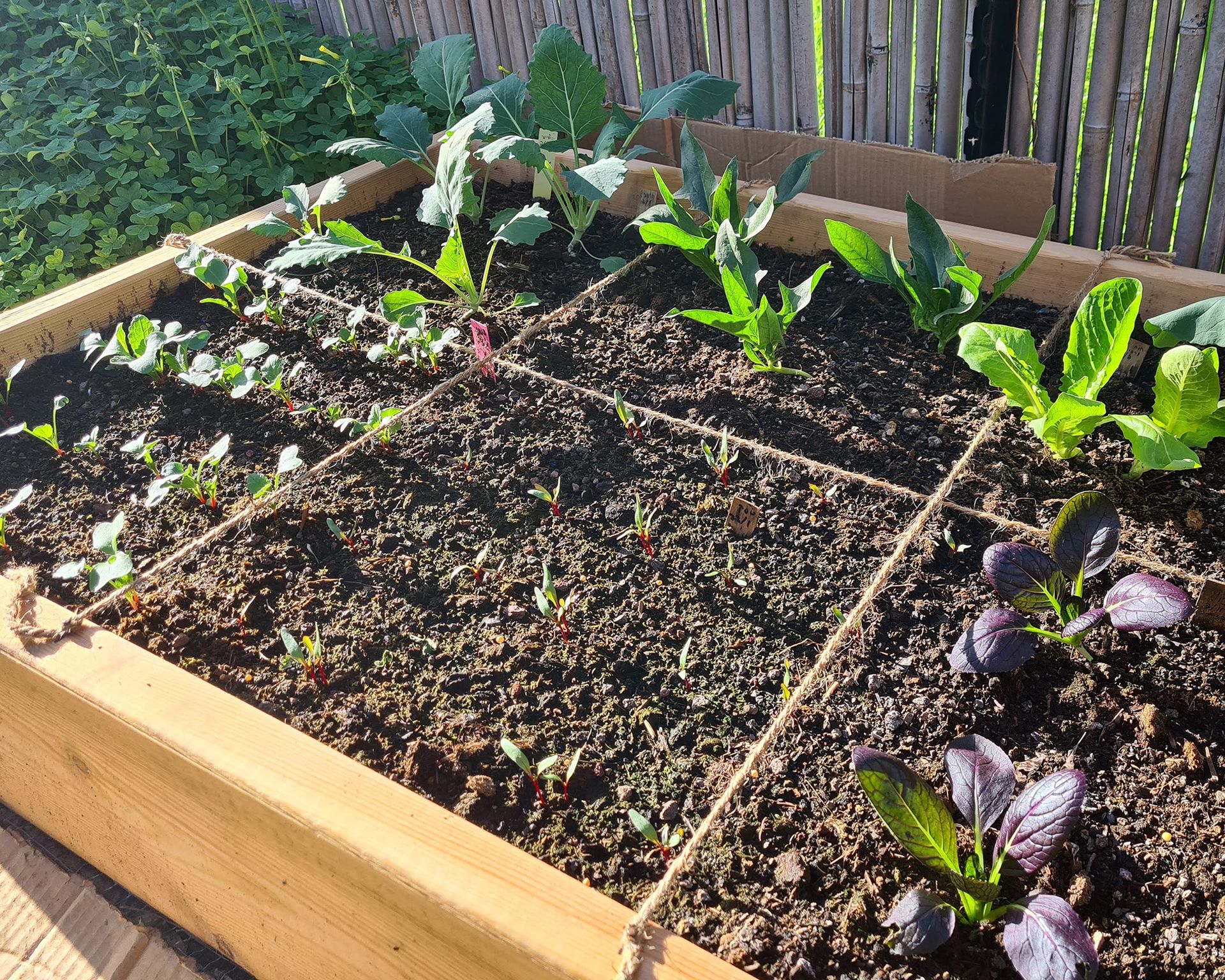
(Image credit: Shutterstock)
How Many Plants Per Square?
Your first considerations after the site has been built, are which and how many foods can be planted. Each square will either have 1, 4, 9, or 16 plants inside its confines.
For instance, you would plant 1 tomato plant per square, or 16 radish seeds. It all depends upon the plant’s mature size. Plants that vine, such as pole beans, can be planted at 4 plants per grid.
You will need to determine the plant’s ultimate height and width to decide how many plants per square. Seed packets will indicate the proper seed spacing for that type of crop. This can tell you how many seeds or seedlings should be installed in each square.
Follow this method to accurately determine the number of seeds:
- Find the seed spacing
- Divide the width of the grid by the seed spacing number
- Repeat this process but use the length of the grid
- Multiply the result of these two calculations and you will know how many plants per square
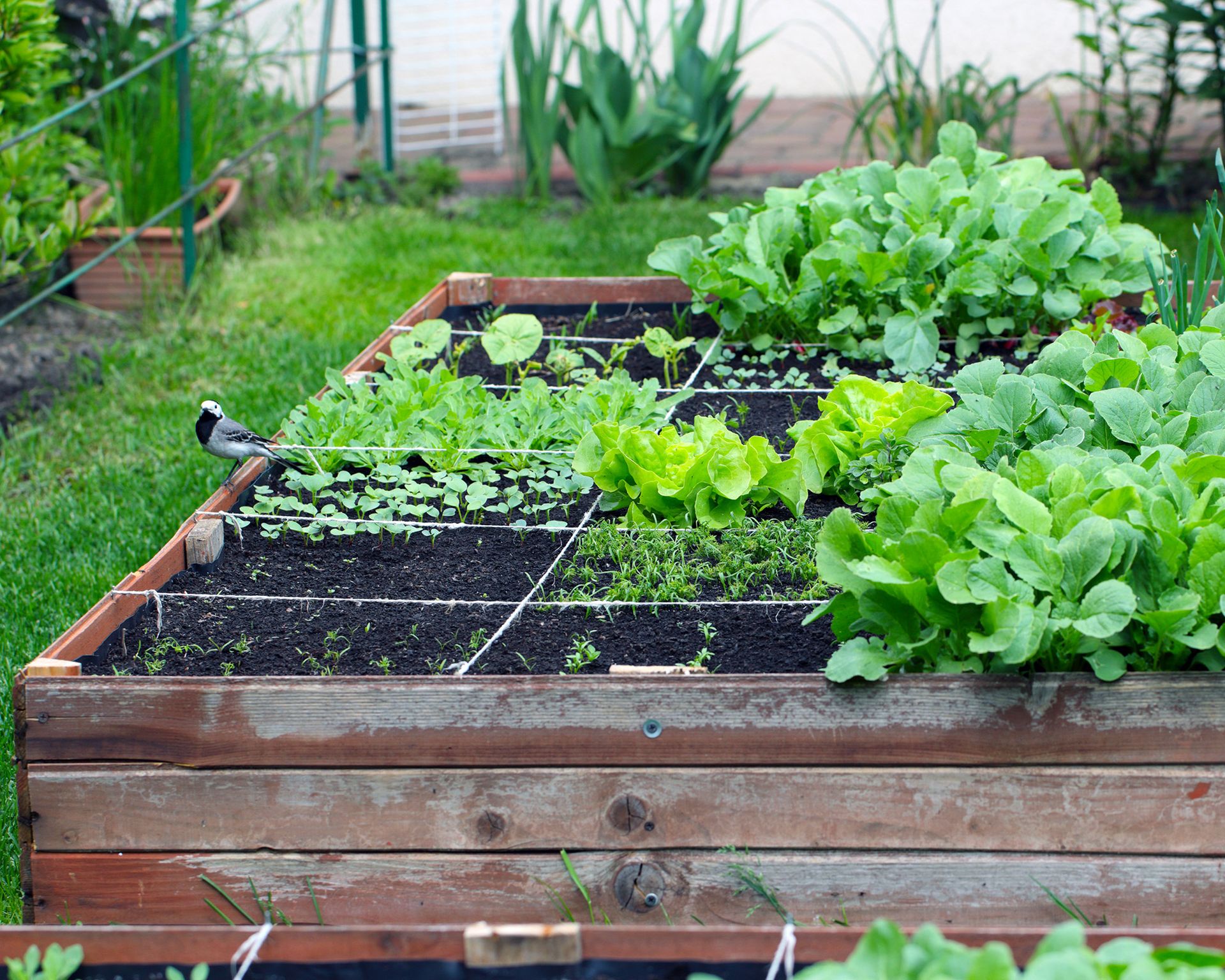
(Image credit: Shutterstock)
What To Plant?
In order to use your square-foot garden to grow food for most of the year, you will need to plant cool-season crops in spring and fall, and warm-season crops after all danger of frost has passed in the region.
Cool-Season Crops
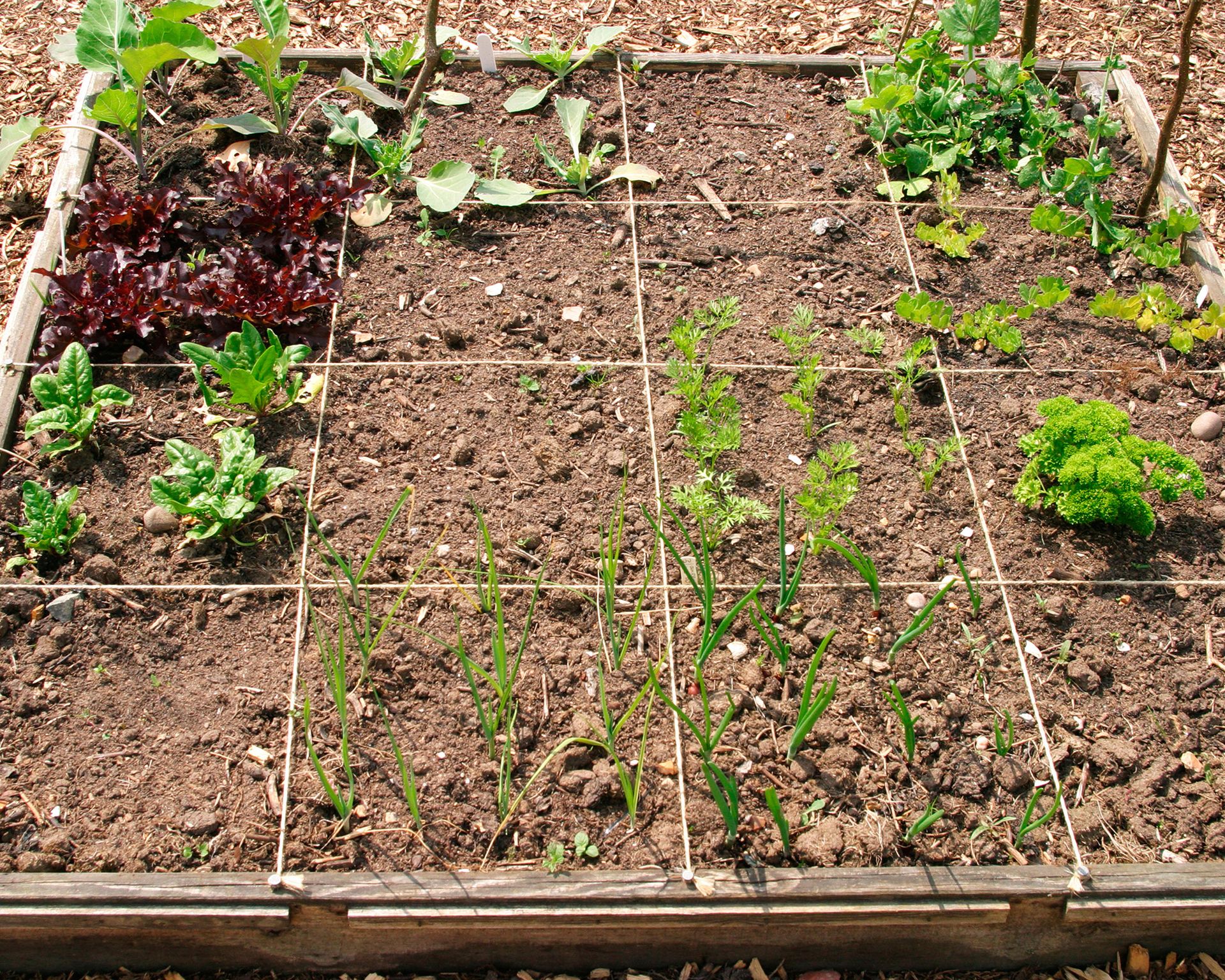
(Image credit: Alamy)
Warm-Season Crops

(Image credit: Alamy)
Practice Succession Planting
Succession planting is where you plant more seed as a crop is finished. For instance, when all the radish have been pulled, that location may not have a tomato plant or beans installed.
Once these have been harvested, plant a cool-season crop that is not harmed by frost such as kale or turnips.
Items like lettuce can be cut to come again, or in the case of head lettuce, it may be reseeded if the weather isn’t too hot.
Integrating other food plants with the main crops can increase your food diversity. Annual herbs like basil and cilantro may be interspersed where there is room.
Suggested 4×4 Garden Plants
As an example, here is a garden plan for each square. There will be 16 squares and each of these needs 1 square:
- 1 Broccoli
- 1 Eggplant
- 1 Pepper
- 1 Tomato
- 1 Zucchini
- 2 Cucumbers
- 4 Arugula
- 4 Corn
- 6 Lettuce
- 9 Beets
- 9 Bunching onions
- 9 Garlic
- 9 Leeks
- 9 Turnips
- 16 Carrots
- 16 Radishes
Keep in mind items such as squash and melon will need two squares per plant. By successive planting the cool-season crops and those that mature early, the garden will go well into the cool season in most zones.
[ad_2]
Source link






